If you’ve ever wondered the difference between string beans vs. green beans, you are not alone. These long green seed pods have many names and variations. Some know them as snap beans, for the wonderful sound they make when opened up. Another common name is French green beans (haricots verts). The secret is that these three things are one and the same. String beans are a less matured version of green beans, which are also known as French beans and snap beans.
Much like a bell pepper goes through maturation cycles to get those different colors, the ripeness of the bean can absolutely affect the overall taste and texture, but they are technically the same plant. There are different varieties of green beans, including Romano beans (also called the Italian flat bean), purple string beans, long beans, and wax beans, which are a whitish-yellow color (via Allrecipes).
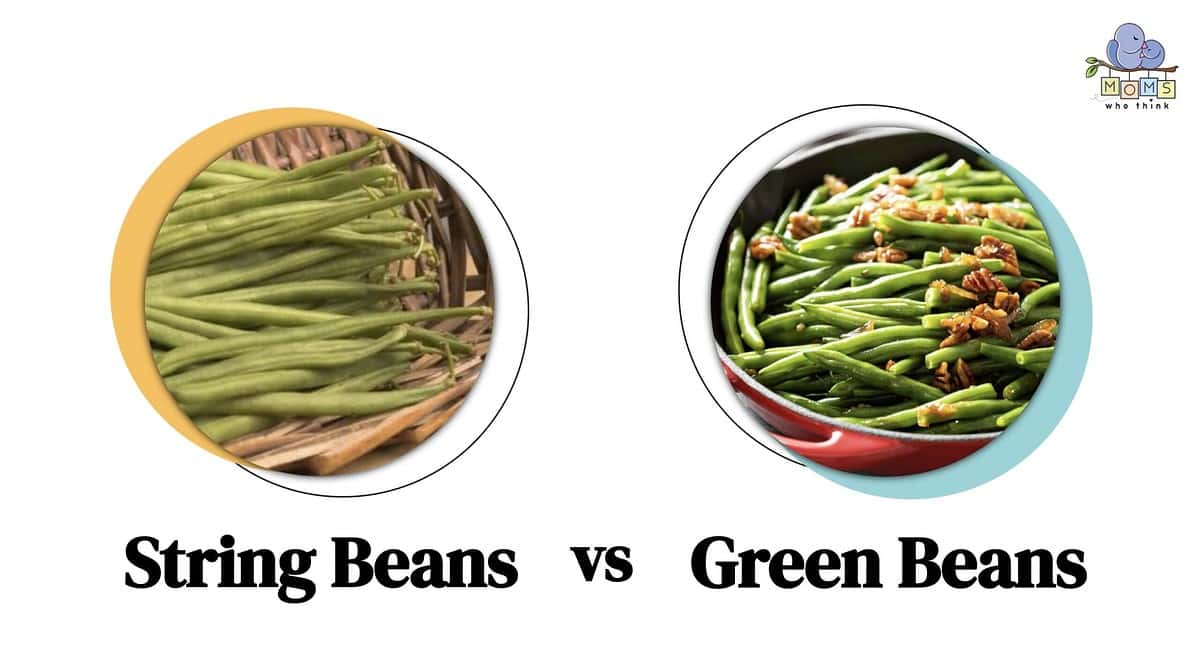
In this post, we’ll discuss the slight differences between string beans vs. green beans. Keep in mind that they are products of different growth periods of the same plant. Learn about the history of green beans, as well as how they’re grown. Get some recipe ideas, and learn about the nutrition a green bean can provide. Never again will you wonder which variety or kind of bean you need for your next recipe involving green beans, string beans, snap beans, or French beans! Read on to learn more about beans!
String Beans vs. Green Beans: What Is The Difference?
String beans are a younger version of the fully matured green bean. This growth cycle cut-off can affect their tenderness, appearance, and size. Green beans are typically stronger in flavor, less sweet overall, and tougher in texture. String beans are harvested early in the green bean growing, while green beans are harvestable all year long past the point of maturation. Let's get into the finer details of each.
What Are String Beans?
String beans are an edible legume in the Phaseolus vulgaris family. They are called such for the historically stringy stem. However this trait has been bred out of the modern string bean, and the current types are more tender, sweeter, and crunchier than the matured variation of the standard green bean.
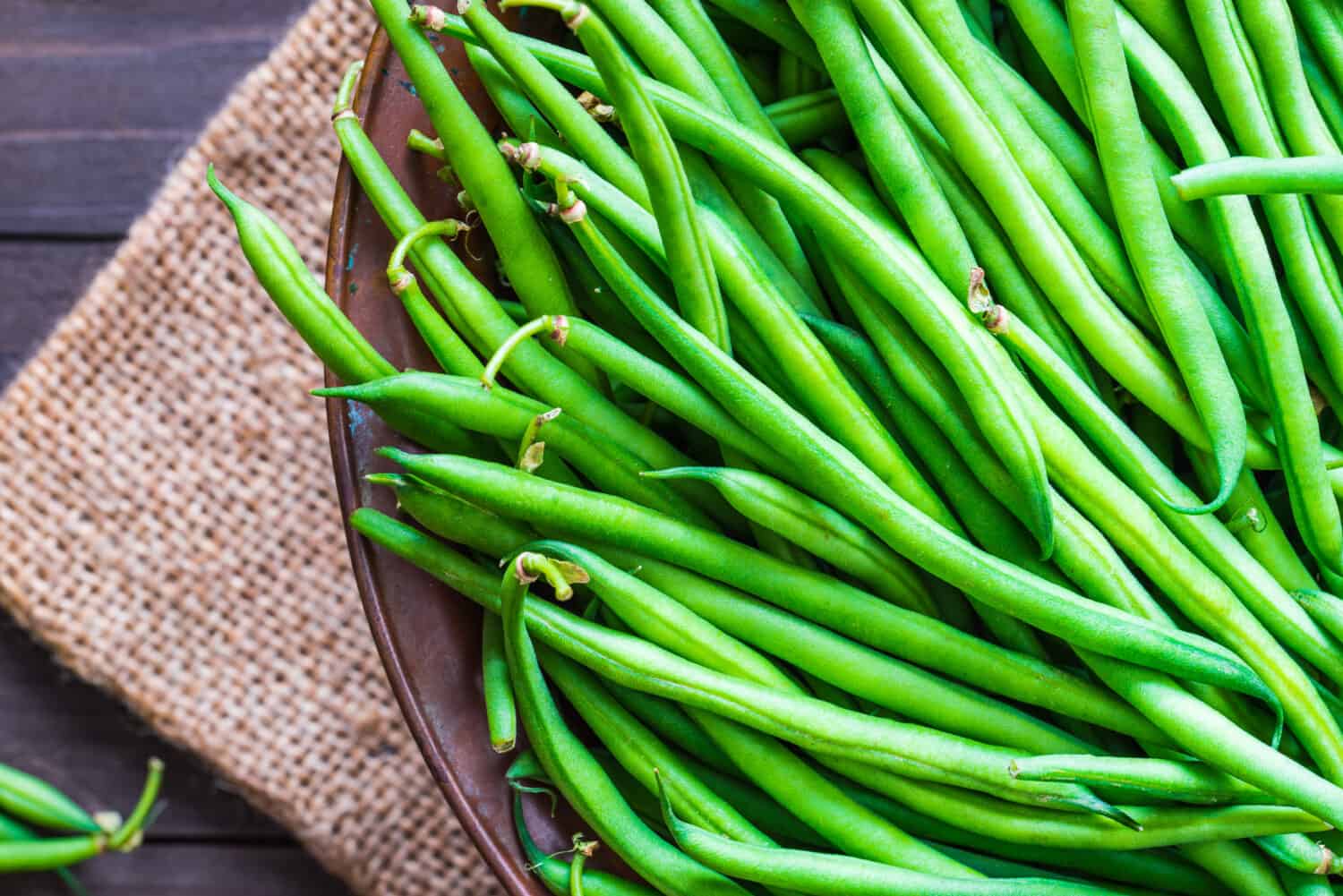
String beans were named for their string-like stem, which has since been bred out of modern beans.
©leonori/Shutterstock.com
What Are Green Beans?
Green beans come in many varieties. These include string beans, smaller French green beans, long beans, purple string beans, Roma beans, and wax beans. Green beans are generally considered a ripened version of other beans. They are tougher in texture, and less sweet, but more powerful in flavor. Green beans can take longer to cook due to their thicker skin, but they still, make a wonderful ingredient in many dishes. Before we get into recipes, let's learn more about the history of the green bean.
History And Origin Of Green Beans
Green beans, and their future variations, are one of the oldest crops with origins in South and Central America. Green beans were planted alongside core crops like corn, and squash, and were integral to the vegetable trade of Native North Americans. As we mentioned, the original green bean crop was also called a string bean due to its fibrous stem. This trait was successfully bred out of the modern bean in 1894 by a man named Calvin Keeney. Further breeding has made the more succulent, flavorful, and disease-resistant varieties of green beans available for planting, canning, and cooking all over the world (via The National Garden Bureau).
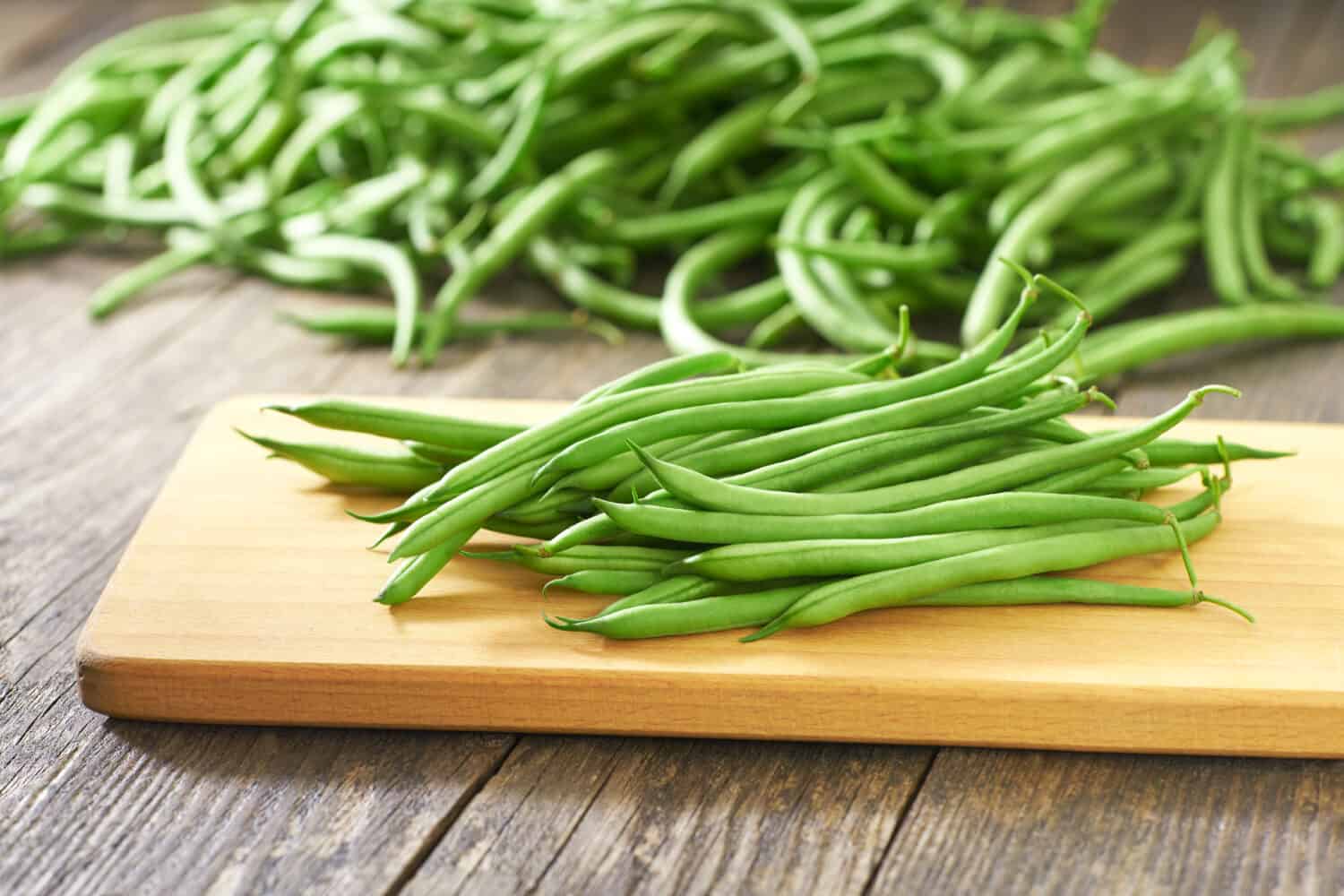
Green beans are a more mature version of string beans, with a stronger flavor and tougher skin.
©itor/Shutterstock.com
How Do Green Beans Grow
Green beans can be grown via bush, or via pole. Bush varieties of green beans are produced on a plant, and pole beans grow on a vine that's supported by a trellis. The bush bean varieties include Romano beans, a flat, larger variety of green beans. Bush bean plants grow around 2 feet tall as well as wide, and the beans mature faster than the vine variety. However, they are also more disease-prone, being closer to the ground. Pole beans can grow between 6-12 feet with the support of a trellis, french, or teepee. They take longer to produce and have a longer harvest period, as well as a heartier resistance to disease (via Master Class).
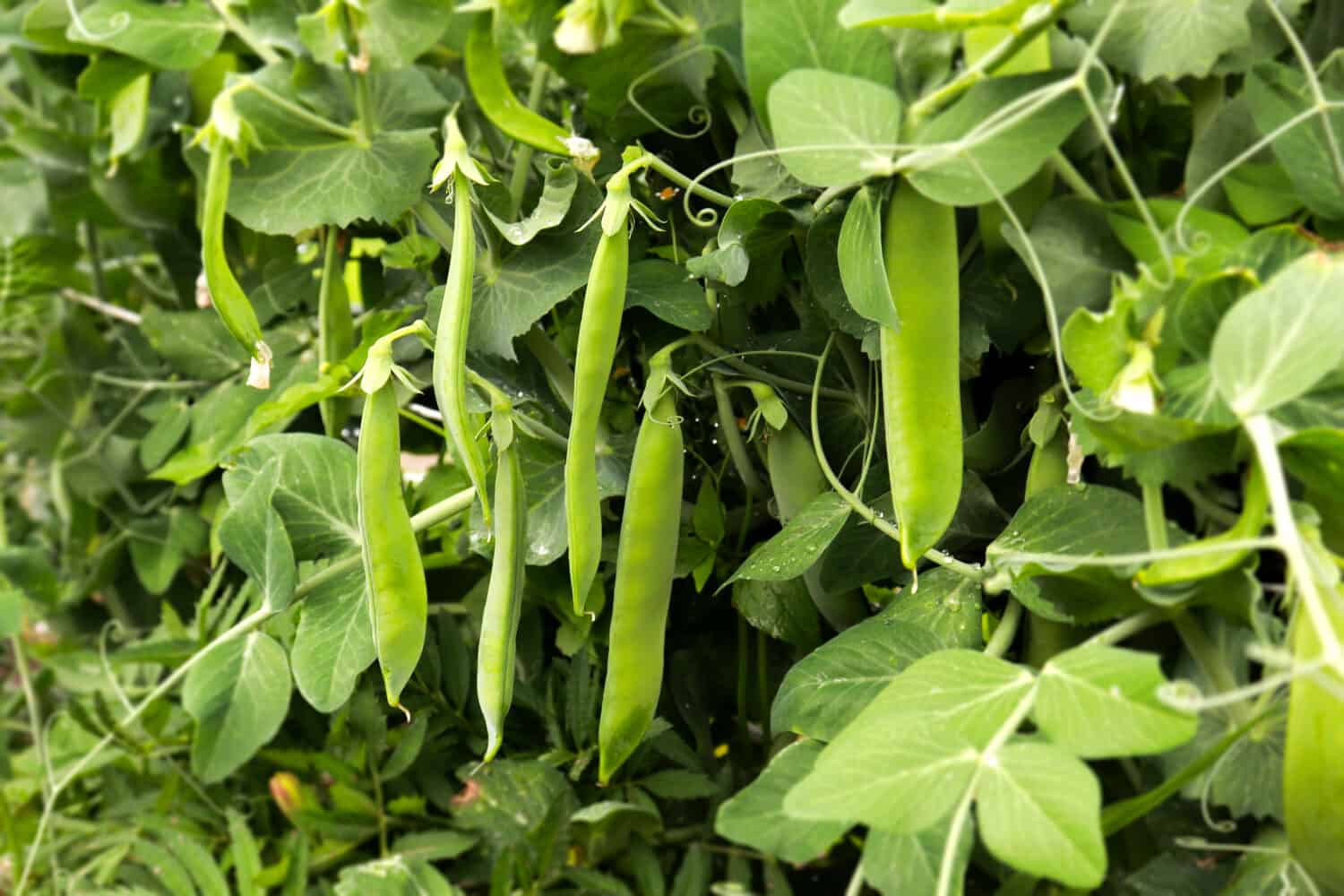
Green beans can grow on bushes, as well as in the form of a vine with support beams.
©Natallia Ustsinava/Shutterstock.com
In terms of planting your green bean varieties, it's best to plant your seeds once the last spring frost has happened. The soil needs to be at least 55°F for proper germination. They should be planted directly outside, as they may not be able to handle a transplant from indoor pots to an outdoor setting. Bush beans should be planted 1 inch deep, and 2 inches apart. The rows should be 18 inches apart. Pole beans can be placed 1 inch deep with support beans ready to hold the growing vines. You can resow seeds every two weeks to encourage continuous harvest, and be sure to practice crop rotation to ensure the soil stays healthy for different kinds of crops aside from just green beans (via Farmer's Almanac).
Popular Recipes
There are lots of popular recipes that involve both green beans and string beans. Because the two are quite similar, they can be exchanged for each other if the need arises. Keep in mind how the maturation of the bean will affect the overall texture, taste, and cooking time of a dish. All kinds of green beans can be pickled, and canned, cooked, crisped, and chopped. Let's check out some green bean recipes!
5 Great String And Green Bean Recipes
- Country Style Green Beans and Potatoes
- French Quarter Green Beans
- Green Beans and Pecan Salad
- Bacon Wrapped Beef Patties and Green Beans Recipe
- Roasted Green Beans Recipe
Nutritional Value of String Beans vs. Green Beans
As you can see from this handy chart, string beans vs. green beans have quite the same nutritional profile. In some cases, green beans can possess more vitamin and mineral content due to their maturation over the younger string beans. What recipes they are included in will also affect their nutritional profile. But, overall, they are healthy vegetables that will add protein to your dishes.
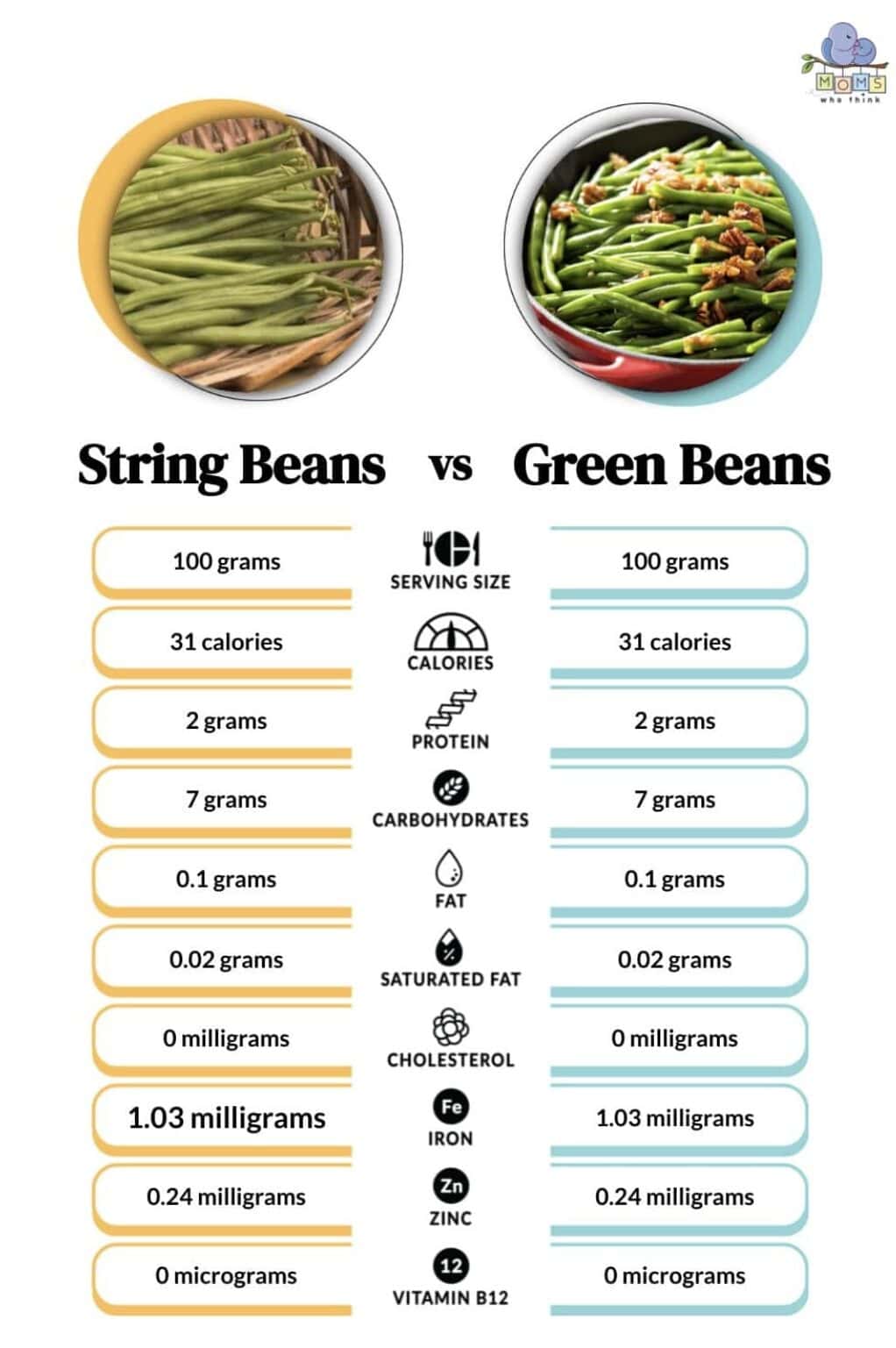
String Beans vs. Green Beans: Are They The Same Thing?
The short answer is yes. When comparing string beans vs. green beans, the answer is that these two are the same vegetable. The string bean is a younger, sweeter, tenderer version of the green bean. The green bean can be larger than other varieties, for instance, the French green bean is slightly smaller and therefore easier to cook. Wax beans, Roma beans, long beans, and purple string beans are also variations of the Phaseolus vulgaris family of green beans.
Possible Alternatives To String Beans And/Or Green Beans
If you don't want to cook string beans, or the more mature green beans, try their other varieties. According to Master Class, there are ten common types of green bean including Blue Lake, Blue Lake 274, the “Contender” stringless string bean, Kentucky Blue, Kentucky Wonder, and Rattlesnake varieties. There's also Romano beans (which we've mentioned before), Royal Burgundy, Scarlet Runner, and Tendergreen. In terms of non-green bean alternatives, asparagus is similar in texture and cooking style to green beans, however, their taste is quite different. Lentils can provide protein akin to green beans, and green peas can provide a similar texture. With peas, keep in mind the heightened sugar content, so you should reduce the ratio to other ingredients if you don't want to change the flavor of the dish. Broccoli can also be cooked similarly to green beans, and provide that satisfying bit of green.
The image featured at the top of this post is ©60694/Shutterstock.com

